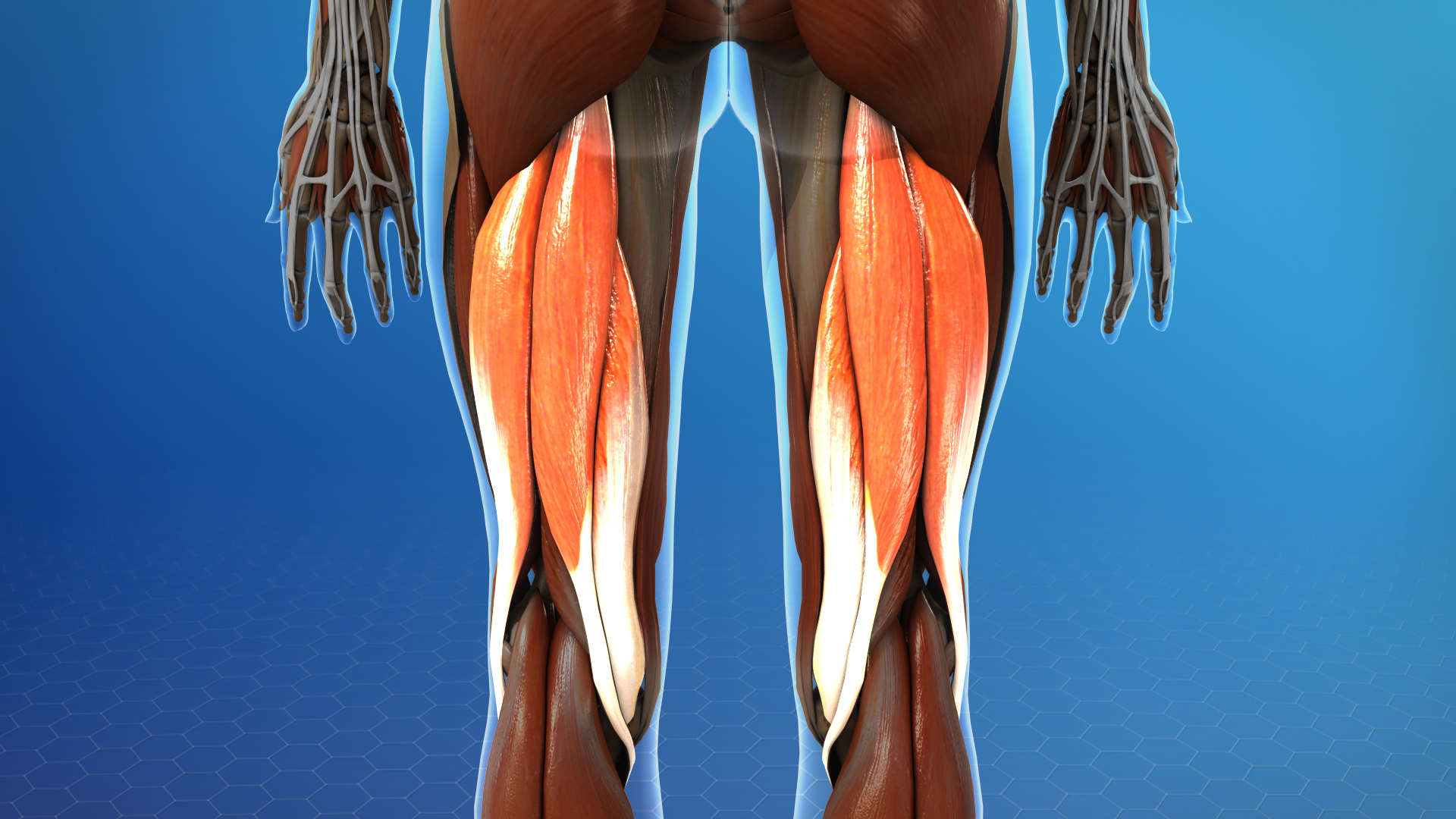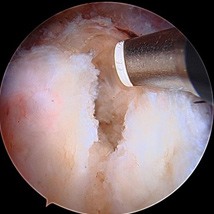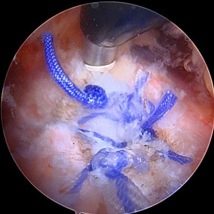
Posterior Hip Anatomy
The hamstrings are made up of 3 strong muscles located on the posterior thigh (femur). The muscles form tendons on either side which attach to the lower knee (tibia) distally and the posterior pelvis (ischium) proximally. The hamstrings assist in bending your knee and straightening your hip
What is a Proximal Hamstring Tear?
Proximal Hamstring Tears occur when the hamstring tendons that attach to the posterior pelvis rip away from the bone, occasionally taking some bone with it. Tears can involve one or both tendons and can be acute or chronic. Common causes include:
- Water Skiing
- Running
- Football
- Soccer
- Basketball
- Tennis
- Pickleball
- dummy
Proximal Hamstring Tear Symptoms
Active individuals of any age can experience a proximal hamstring tear. Patients with a hamstring tear often have the following symptoms:
- Pain in the buttock and posterior thigh
- Pain with sitting and any activity
- Acute injuries will have bruising and swelling of the posterior thigh
It is important to seek out a hip preservation specialist if concerned about a tear as tears left untreated can cause long-term pain and dysfunction.
Proximal Hamstring Tear Treatment
Not all patients with a proximal hamstring tear require surgery. Small tears can improve with non-operative treatment. Surgery is necessary for large tears and for smaller tears that have not improved with non-operative treatment.
Non-operative Treatment for Proximal Hamstring Tears
Non-operative treatment is reserved for small tears. Rest and avoiding painful activities alone may improve symptoms. Anti-inflammatory medicines (Advil, Aleve, etc.) and ultrasound-guided cortisone, or PRP injections can decrease pain and inflammation. Physical therapy can also help improve pain and function.
Operative Treatment for Proximal Hamstring Tears
Minimally invasive surgery can be performed either through one small incision in the posterior thigh (as seen below) or through 3-4 poke hole incisions with the use of a camera and special instruments. The tendons are reattached to the posterior pelvis (ischium) with suture anchors.
Patients return home the same day after surgery. Patients are on crutches for 6 weeks. Full recovery takes 5 to 6 months and requires physical therapy to restore optimal hip and knee function.




